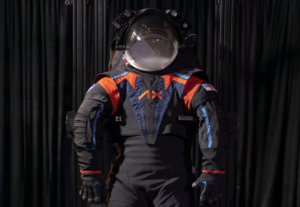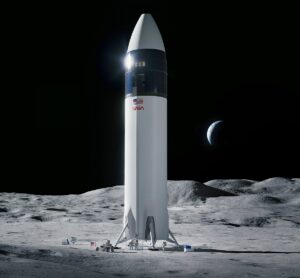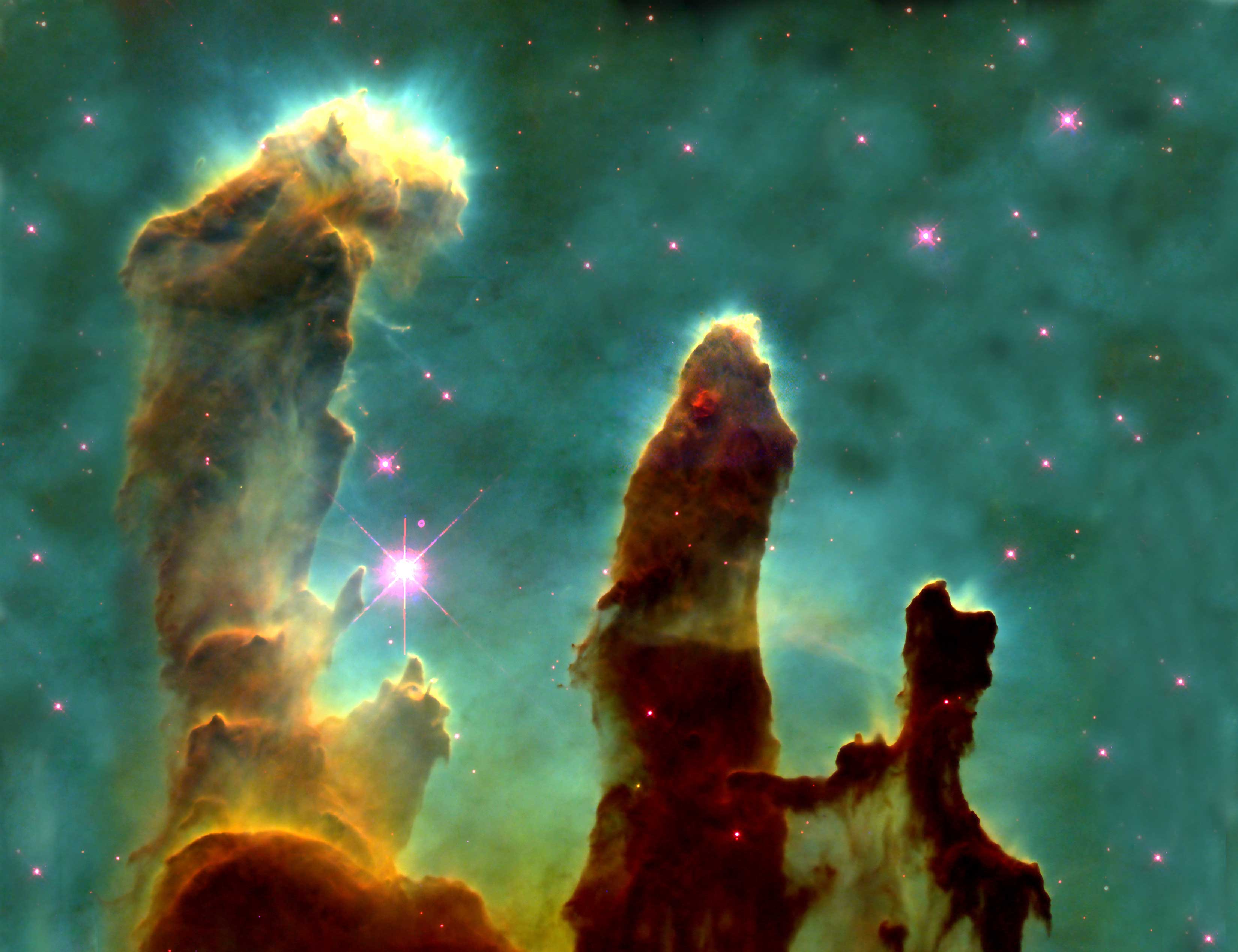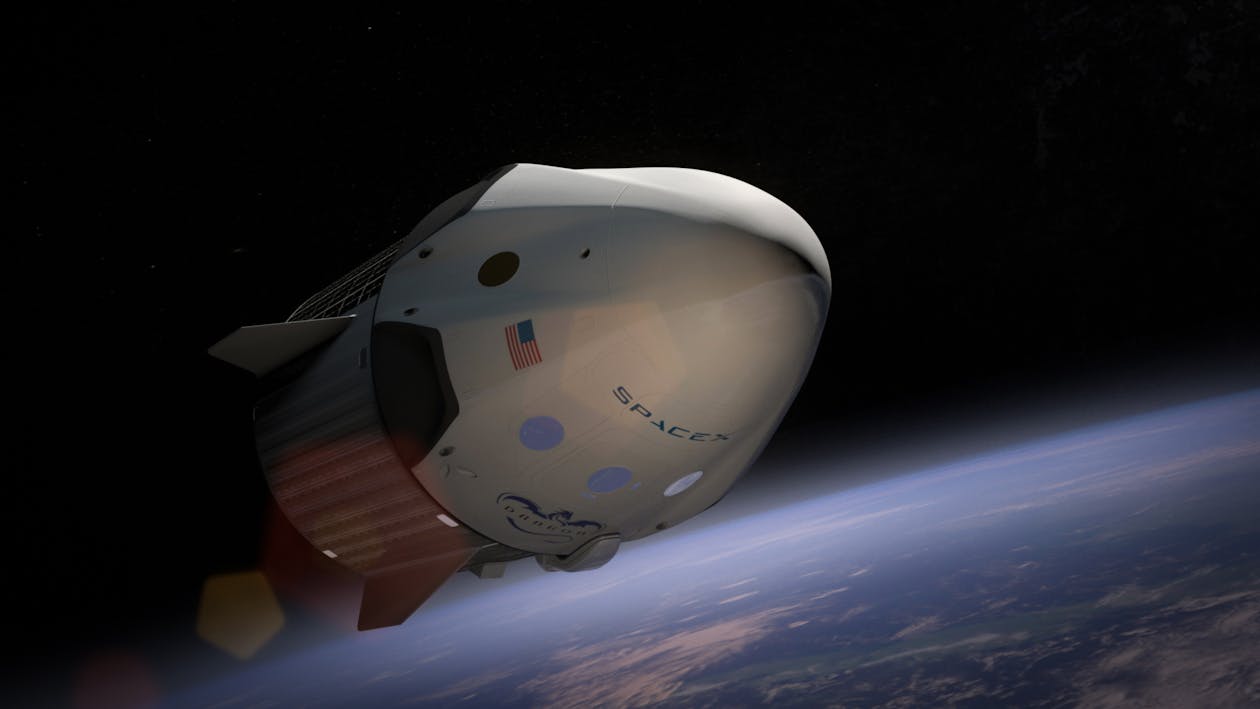
Why SpaceX’s Crew Dragon Demo-2 Mission Is Such A Big Deal
The Crew Dragon Demo-2 mission made history because it was the first American rocket and first launch off American soil in a decade. Not only that but the rocket NASA astronauts were on was a Falcon 9. The Falcon 9 is a partially reusable rocket developed by the private company SpaceX. NASA and SpaceX had teamed up through the Commercial Crew Program and accomplished an incredible goal. The launch was a complete success and saw both astronauts dock safely to the ISS. After 2 months at the space station, they safely re-entered Earth’s atmosphere, landed, and were recovered in the Gulf of Mexico.
What Was The SpaceX Crew Dragon Demo-2 Mission?
Crew Dragon Demo-2 Mission was the first attempted and successful manned spaceflight on the Falcon 9 rocket. With only a partial crew of 2 astronauts, they were responsible for the first flight to the ISS and back. Prior to this mission, SpaceX had completed many tests including an exact copy of this mission to the International Space Station and back. The point of this mission was to prove the safety and capabilities of SpaceX and bring Americans into space on an American rocket once again. This also provided NASA with confidence and cheaper tickets to get their astronauts into space.
Who Are The Astronauts?
The two astronauts on the Crew Dragon Demo-2 mission were Bob Behnken and Douglas Hurley. Bob Behnken is a NASA astronaut, engineer, and former Chief of the Astronaut Office. Douglas Hurley is also a NASA astronaut, engineer, and former Marine Corps pilot.
After their safe landing, both pilots expressed their appreciation for the opportunity. They also added how impressed they were with the Dragon capsule and what it was capable of.
What Type Of SpaceX Rocket Were They On?

Both astronauts flew on a SpaceX Falcon 9 rocket. The Falcon 9 rocket is partially reusable and equips a booster that lands itself after separating from the upper stage. With over 120 successful launches the Falcon 9 has proved to be a reliable rocket. On the top of the rocket sat the Crew Dragon module. As seen in the picture above the interior is a very modern and high-tech design. Not only that but Crew Dragon is designed to automatically dock to the ISS without the need for human intervention. The provided controls are operated by large screens similar to what you would see in a Tesla.
History Of Sending Americans To Space
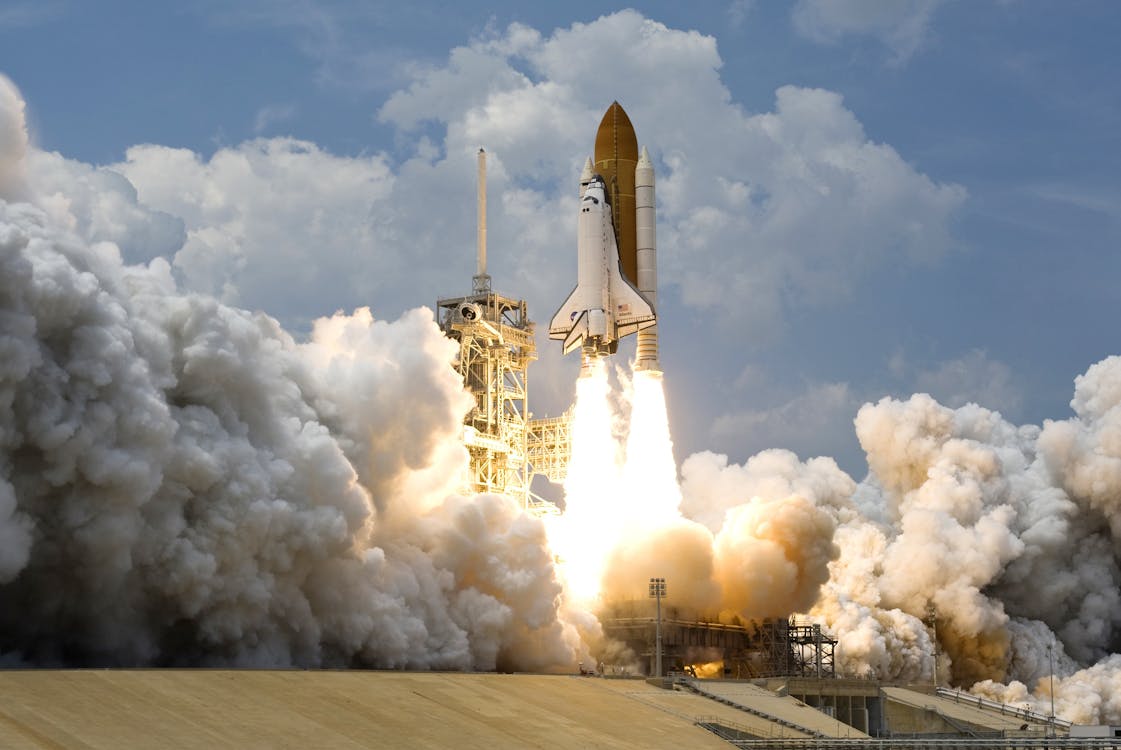
In the 1960s and 70s America was at its peak in launch capabilities. The United States possessed the most powerful rocket in the world the Saturn V and had landed humans on the Moon not once but multiple times. The last time the Saturn V would be used was in 1973.
In 1972 NASA began the Space Shuttle program. The first manned Space Shuttle launch occurred in 1981. The Space Shuttle would continue to be used for 30 years until being retired after high costs and multiple accidents. In 2011 when the Space Shuttle was retired the United States still had the need to go into space but didn’t have a way to get there.
NASA had to find a different launch provider and ended up choosing Russia. Russia’s rocket the Soyuz was older but very reliable. For the next 9 years, NASA bought very expensive tickets in Russian spacecraft to get Americans to the ISS. The United States had gone from putting humans on the Moon to not being capable of putting humans in orbit.
In 2014 NASA’s Commercial Crew Program picked Boeing and SpaceX to become launch providers. NASA spent around $6 billion dollars on the companies to help fund their efforts. NASA picked two companies to encourage competition and help bring the launch costs down for future NASA missions. With the proper funding and goal, both companies developed their technology but Boeing had some issues during testing. During an uncrewed mission to the ISS Boeings Starliner missed the space station. This combined with Crew Dragons’ success meant SpaceX would have the first opportunity.
What This Means For The Future

This one successful crewed launch has opened many doors for the future. One main benefit is NASA no longer relies on other launch providers such as Russia to get their astronauts into space. This not only saves money but also reinvests that money into American space companies like SpaceX.
Another important benefit from this mission is the trust gained between NASA, SpaceX, and private companies in general. This trust is necessary when you are sending humans into space. The gained trust will encourage many more missions in the future with not only SpaceX but other companies as well. Currently, Boeing is also in the works of their Starliner in collaboration with NASA’s Commercial Crew Program. Each company that possesses the ability to send humans to the ISS and beyond will help drive costs down and spark a lot of innovation. This is exactly what the space industry needs to progress and thrive.
Similar Missions Since This Historic Launch
Since the launch of Crew Dragon Demo-2, there have already been another 2 fully crewed launches on SpaceX’s rocket carrying NASA’s astronauts. On November 15, 2020 Crew-1 launched with all 4 astronauts. After launching the crew safely docked at the International Space Station and stayed there 168 days before coming back. Not too long after that mission NASA and SpaceX launched Crew-2. Currently, the 4 astronauts in Crew-2 are still on the ISS right now and are planned to head back in a few months.
Conclusion
NASA and the United States went from 0 launches of their own in almost a decade to 3 crewed missions in a few years. NASA’s capabilities had been trending down for decades and this launch marked the turn of events. Finally, the United States was once again capable of sending its astronauts into space on their own rockets. This mission was also crucial in showing the success of the Commercial Crew Program. The funding and trust NASA had given private companies like SpaceX had paid off and provided them with a great service. Its missions like these that encouraged NASA to start a competition for moon lunar landers between different companies. This is just the start as more and more companies innovate and compete to try and make space more accessible.

